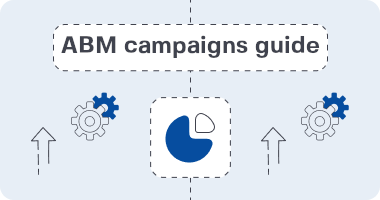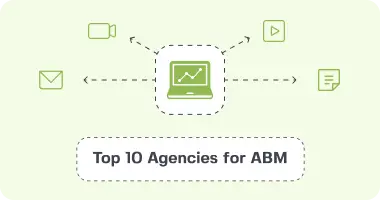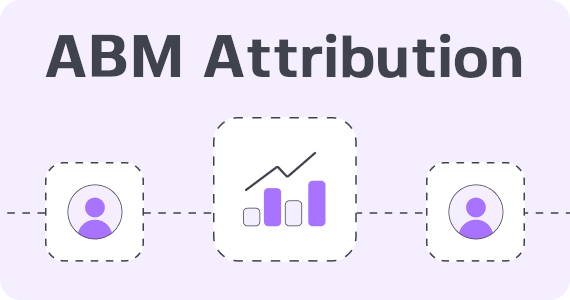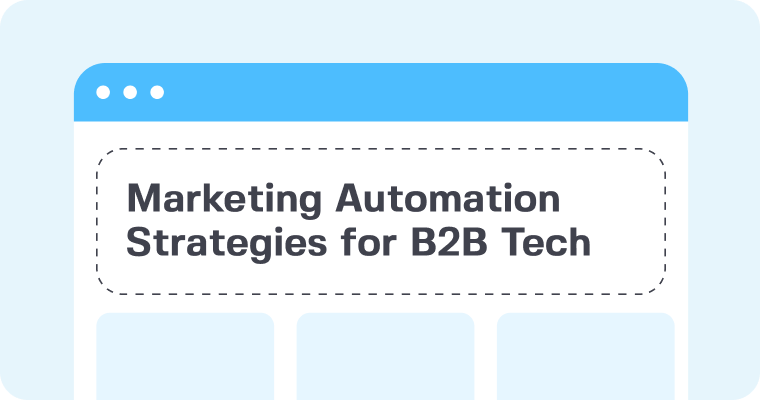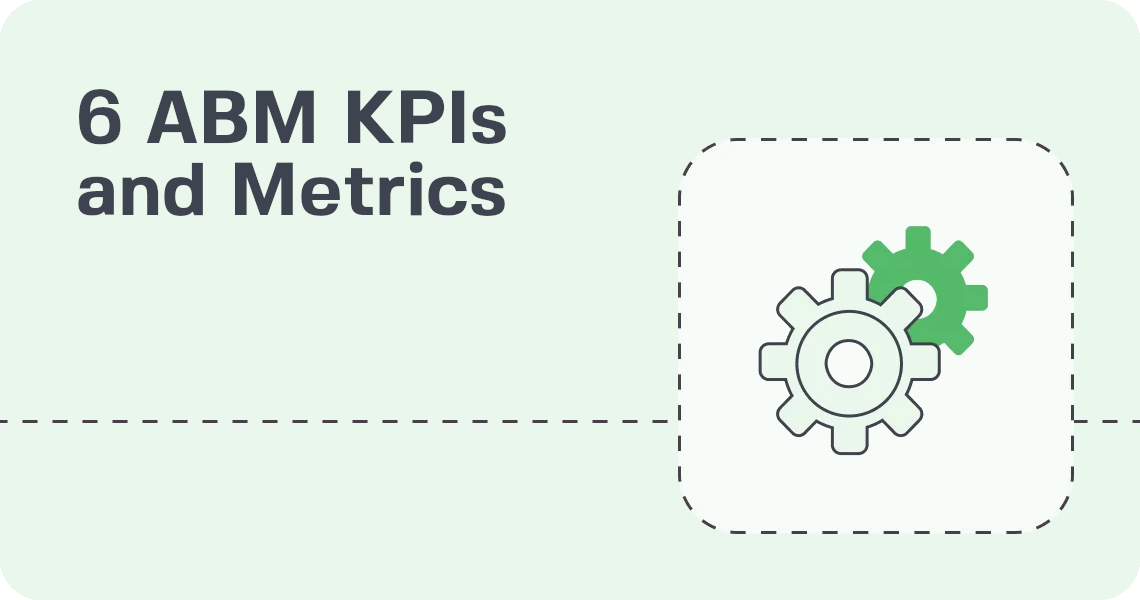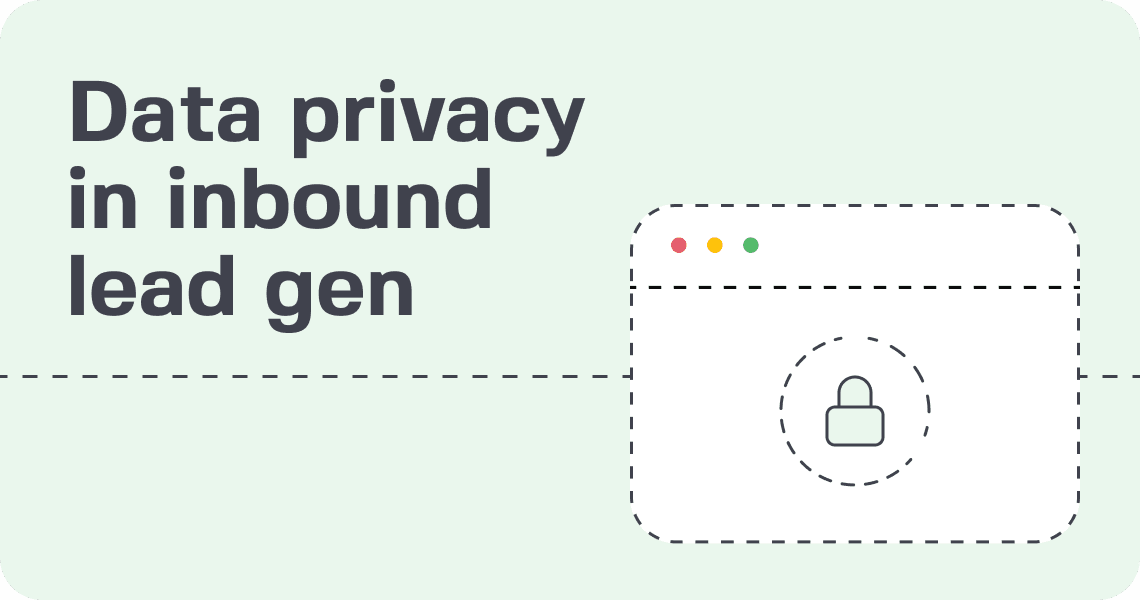Understanding the difference between types of leads, especially MQLs and SQLs is key to aligning your marketing and sales teams. By scoring lead quality and relevance based on buying intent you can allocate your resources wisely and tap into the lead generation goldmine.
Lead Scoring Techniques
Choose from multiple lead scoring models, demographic, firmographic or a combination of explicit and implicit. Demographic scoring looks at personal characteristics like age, role and location to identify leads that match your ideal customer profile. Firmographic scoring looks at company attributes like industry, size and revenue to prioritise companies that are in your target market. Behavioral scoring looks at lead actions like email engagement, website visits and content downloads to show buying intent and readiness.
Using explicit (directly provided information) and implicit (observed behaviour) scoring techniques can give you a full picture of a lead’s value. Customising these criteria to your campaign or business objectives and knowing where each lead is in the customer journey means your scoring model will reflect the complexities of your sales cycle. By customising your scoring to focus on the most relevant attributes you’ll improve lead quality and align your marketing and sales efforts so your outreach is more targeted and effective.
Using Scoring Data in Lead Evaluation
Gather data points from as many touchpoints of the buyer journey as you can, including offline conversions. Integrate this data into a Customer Relationship Management (CRM) system to ensure accuracy and consistency in getting meaningful insights.
Lead Scoring Best Practices for Maximum Results
Lead scoring is a solution to many B2B marketing problems, a more focused, efficient and successful way. By scoring leads on specific criteria lead scoring helps businesses navigate complex sales processes, so marketing and sales teams are aligned and working towards the same goal. Here’s how it solves for:
1. Engagement
Engagement scoring shows how leads are interacting with your content and offerings, website visits, email opens, social media interactions. By quantifying these interactions businesses can see the level of interest and when a prospect becomes a Marketing Qualified Lead (MQL). So marketing teams can nurture leads that are interested and make their campaigns more efficient and sales teams can focus on those who are most engaged.
2. Lead Priorities
With so many leads being generated you need to prioritise. Lead scoring helps by combining demographic and firmographic scoring to rank leads against your ideal customer profile. For example a lead from a large tech company in your target industry will score higher than a lead from a smaller, less relevant sector. By ranking leads this way sales teams can focus on the highest scoring leads and increase conversions and resource utilisation.
3. Buying Intent
Intent scoring is a way to identify leads who are not just a good fit but are actually considering a purchase. This method looks at behaviours that are strong buying signals, such as repeated visits to pricing pages, engaging with sales content or requesting a demo. By capturing leads at their peak buying readiness sales teams can strike when the lead’s intent is highest and increase the chances of closing the deal and reduce the sales cycle.
4. Choose Your Lead Scoring Model
These scoring strategies can add to your B2B sales approach. But you need to choose a lead scoring model that fits your business objectives and sales strategy:
Lead Scoring Models
Each model—demographic, behavioral or other—has its strengths. Demographic scoring looks at attributes like job title and role, behavioral scoring looks at actions that show engagement, firmographic scoring looks at company characteristics. Understanding each model allows you to use each one effectively so your lead scoring is comprehensive and relevant to you.
Multiple Scoring Formats
Lead scoring isn’t one size fits all; it’s a multi faceted tool that needs to be tailored to your business objectives. For example engagement scoring is key to nurturing leads effectively by knowing when they’re most likely to respond to further outreach. This level of granularity in scoring allows businesses to refine their lead nurturing and keep the sales pipeline full of qualified leads.
Prioritise Leads for Sales Teams
By combining different scoring methods, demographic and firmographic scoring you simplify lead management. This allows sales teams to focus on high priority leads that align with your ideal customer profile. Focusing on the best prospects reduces wasted effort and accelerates the sales process and ultimately drives more efficient and successful sales results.
Buying Intent
Intent scoring is key to identifying leads that not only match your Ideal Customer Profile (ICP) but also have strong buying signals. This prevents the loss of high potential leads by highlighting those at the decision making stage. Focusing on these leads with targeted sales activity can increase conversion rates and reduce the chance of missing opportunities.
Optimize Lead Scoring for Your Sales Process
To get the most out of lead scoring each aspect—engagement level, demographic fit and buying intent—should be weighted according to its importance in your sales process. For example if your sales process is heavily consultative then behavioural cues like content engagement might be weighted more than demographic data. Carefully assign scores and continually refine your scoring criteria so your lead scoring remains aligned with your evolving sales objectives.
By having a clear scoring system in place you can make sure your team is focused on the leads that are most likely to convert. This will not only improve the efficiency of your marketing and sales activity but drive measurable improvements in lead quality, conversion rates and revenue growth.
Prioritise Leads for Better Conversion
In today’s B2B market prioritising leads is key to maximising conversion. By focusing on high scoring leads for immediate sales activity you can increase the chance of closing deals and develop lead nurturing for lower scoring leads. This two pronged approach means your sales team can allocate resources efficiently and get better results and overall sales performance.
How to Prioritise Leads
- Define Your Scoring Criteria: Start by defining what makes a lead high scoring in your business. This could be specific engagement actions, demographic data or firmographic characteristics. For example leads that attend a webinar and download related content might score higher than those who just visited your homepage. Clearly define these criteria so you can prioritise leads effectively.
- Tiered Lead Management: Implement a tiered system that categorises leads based on their scores. For example top tier leads could be those above a certain score and require immediate sales outreach. Mid tier leads may require nurturing strategies like targeted email campaigns or personalised content. Low scoring leads might go into an automated nurturing workflow until their score increases.
- Personalise Nurturing: For lower scoring leads develop personalised lead nurturing strategies based on their behaviour and interests. This could be segmenting leads into groups based on industry, pain points or content consumption patterns. Tailor your messaging and offers to the specific needs of these segments and increase engagement and score over time.
- Measure and Track Lead Scoring Metrics: Consistently measure and track your lead scoring metrics to see how your lead prioritisation is working. Metrics like conversion rates, lead velocity and time to close deals will give you valuable insights into your scoring. Analyse these metrics to see which lead sources or scoring criteria are converting best.
- Generate Reports and Dashboards: Use reporting tools and dashboards to visualise your lead scoring data. These will help you see lead progression through the sales funnel and trends over time. Regular reporting will highlight areas for improvement like bottlenecks in the conversion process or underperforming segments of leads so you can adjust in time.
- Refine Your Lead Management Processes: The lead scoring system is not static it should evolve with your business and market. Review your scoring criteria and lead management strategies based on the insights from your metrics and reports. This iterative approach will keep your lead prioritisation aligned with market dynamics and business objectives.
- Feedback Loops: Establish feedback between your marketing and sales teams to ensure alignment. Sales reps can provide valuable insights on lead quality and behaviour after outreach which can inform your scoring model. This will give you a deeper understanding of lead dynamics and overall strategy.
How to Implement Lead Scoring in Your Sales Strategy
Step by Step Guide to Building a Lead Scoring Model
- Define Your Scoring Criteria: Start by identifying the attributes that define a lead’s quality. These can be demographic (age, job title, industry), firmographic (company size, revenue) and behavioural (website visits, email opens, content downloads). Each criterion should be relevant to your business and sales process.
- Assign Point Values: Once you have your criteria, assign point values to each factor based on its importance in conversion. For example a lead from a target industry might score higher than a lead from a non target industry. Use a scale (e.g. 0 to 100) to represent the total score so you can make nuanced evaluations.
- Determine Readiness Levels: Define what different score ranges mean for a lead’s readiness for sales outreach. For example leads scoring 80-100 might be “Sales Qualified Leads” (SQLs) ready for direct outreach, while those scoring 50-79 may need nurturing. Work with your sales and marketing teams to agree on these definitions so everyone understands the scoring process.
- Use Marketing Automation Tools: If you have access to marketing automation platforms like HubSpot or Marketo use their built in lead scoring features. These tools will automatically update lead scores based on real time engagement data making the scoring process seamless and timely. If you’re starting with a simpler approach a basic spreadsheet can also be a foundation for tracking lead scores.
- Integrate with Your CRM: For maximum effectiveness integrate your lead scoring system with your Customer Relationship Management (CRM) platform. This will allow data to flow seamlessly between your lead scoring model and sales activities so your sales team has up to date lead scores during outreach.
Review and Refine Your Lead Scoring
Review regularly. Look at SQL close rates after you’ve implemented your lead scoring and keep adjusting until you get it right. Re-evaluate your lead scoring criteria if several prospects go through your process and deals fall through or go cold.
Lead scoring gets more powerful as the channels you engage with leads and the data you have on them increases. It can drive revenue, reduce costs and improve the customer experience. If you’re still feeling overwhelmed, remember help is at hand. Contact experts who have decades of experience in generating, scoring and nurturing leads and give your marketing a boost.
Use lead scoring and get the most out of your leads. Whether you’re starting from scratch or looking to improve what you have, these 2024 tips will get you there.

Valeriia will discuss your business needs, goals, and expectations with you.


